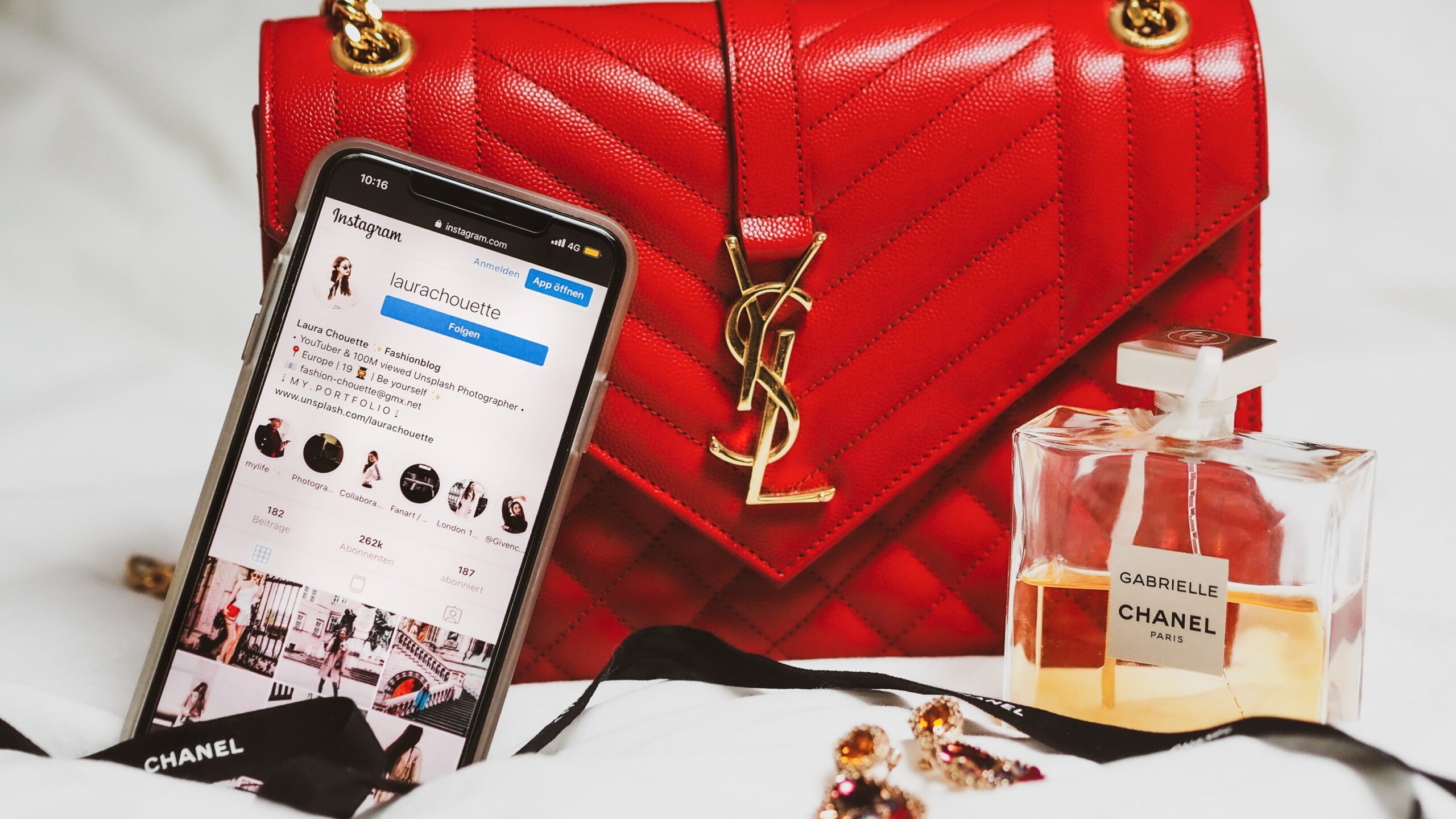This amazing business that I have had the opportunity to be a part of for thirty years hinges mainly on some form of aesthetic. From the first choice of a fig leaf over another arboreal choice, Humankind has made choices to represent in some aspect of who they are by what they wear. Notable global brands have harnessed consumer appeal across a diverse cultural landscape. Successful stewardship is not a simple task and becomes more challenging over time with ever-changing generation views.
Aesthetics are no Longer Enough
The definition of aesthetic seems straightforward- “giving or designed to give pleasure through beauty; of pleasing  appearance.” However, living in a vast world, the very idea of what one finds pleasing and beautiful is not only subjective, but also incredibly varied. Cultural views, religious boundaries, generational motivations, social dynamics, geography, and climate all have an impact on what is considered appealing. Given this complexity how does a fashion designer build enough loyalty to be successful?
appearance.” However, living in a vast world, the very idea of what one finds pleasing and beautiful is not only subjective, but also incredibly varied. Cultural views, religious boundaries, generational motivations, social dynamics, geography, and climate all have an impact on what is considered appealing. Given this complexity how does a fashion designer build enough loyalty to be successful?
I always used to say, “it’s not good enough that a garment looks good or feels good anymore, everybody wants it to do something, even if they don’t know what that something is.” This has recently been updated to say, “and everybody wants it do right by the world.” We are in an evolutionary time and answering the question, “what does the brand do for the world” has become a priority.

(Photographer: Gail Worley)
Making it in a Gig Economy
Through COVID, many designers who lost their previous positions have been freelancing to make ends meet and develop new opportunities. While remote working has become more of a norm, the challenge for a designer is to ensure that they continue to clearly understand the aesthetic niche that a client brand lives in. Even when designers are informed through fashion forecasting services or direct field experience, it only requires one miss to compromise the unique DNA of the brand they are working for.
The following key steps will set your design up for commercial success when working for a brand.
1) Design Profiler:
If you are developing for a brand that you have not been intimately involved with for some time, detailed research  and dialogue is critical. Additionally essential, is proper communication regarding the brands target audience, goals, an overview of what has worked and what has not worked in the past, and the expected aesthetic. Much like the example of a criminal profilers becoming the target to capture, the profiler learns to think like the criminal. Until you are looking at the brand through the eyes of their consumer while channeling with the information clearly provided by the brand, the likelihood of missing the mark is high.
and dialogue is critical. Additionally essential, is proper communication regarding the brands target audience, goals, an overview of what has worked and what has not worked in the past, and the expected aesthetic. Much like the example of a criminal profilers becoming the target to capture, the profiler learns to think like the criminal. Until you are looking at the brand through the eyes of their consumer while channeling with the information clearly provided by the brand, the likelihood of missing the mark is high.
2) Fortune Teller:
Everyone in this business wants a crystal ball for the future. Facts can clear a good amount of forecast haze with accurate sales numbers, inventory, sell-off and turn percentages. Numbers and analytics are not naturally a comfortable place for designers. Armed with what is selling and what is not, determining why, and plugging into the vast information available online, a good designer can predict more accurately on what styles will have a higher opportunity for success and avoid styling failures.
3) Style”chologist”:
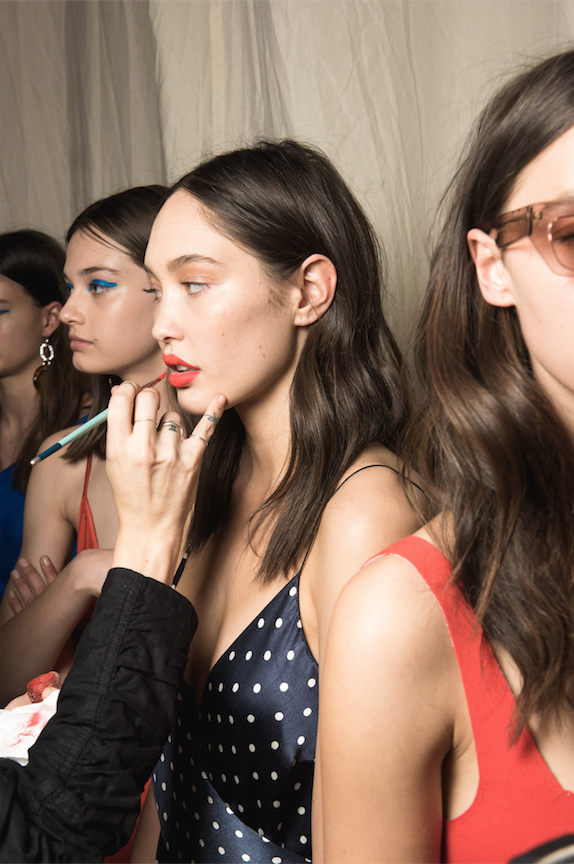 Spend time with appropriate parties to determine that they are clear about future direction and have an accurate current picture of the business. You could develop something absolutely correct for the market and brand, but if the project manager is not clear, your idea may never see the light of day. With high turnover rate and many companies struggling, this can be a treacherous path to navigate, but with clear communication and purity of purpose, most will provide necessary insight to ensure both parties are aligned on the right goal.
Spend time with appropriate parties to determine that they are clear about future direction and have an accurate current picture of the business. You could develop something absolutely correct for the market and brand, but if the project manager is not clear, your idea may never see the light of day. With high turnover rate and many companies struggling, this can be a treacherous path to navigate, but with clear communication and purity of purpose, most will provide necessary insight to ensure both parties are aligned on the right goal.
4) Multiple Choice Tests are Easier:
A designer developing collections needs to remember that in most cases today there are many eyes making decisions on a final product, and everyone has a point of view with a desire to make their mark. 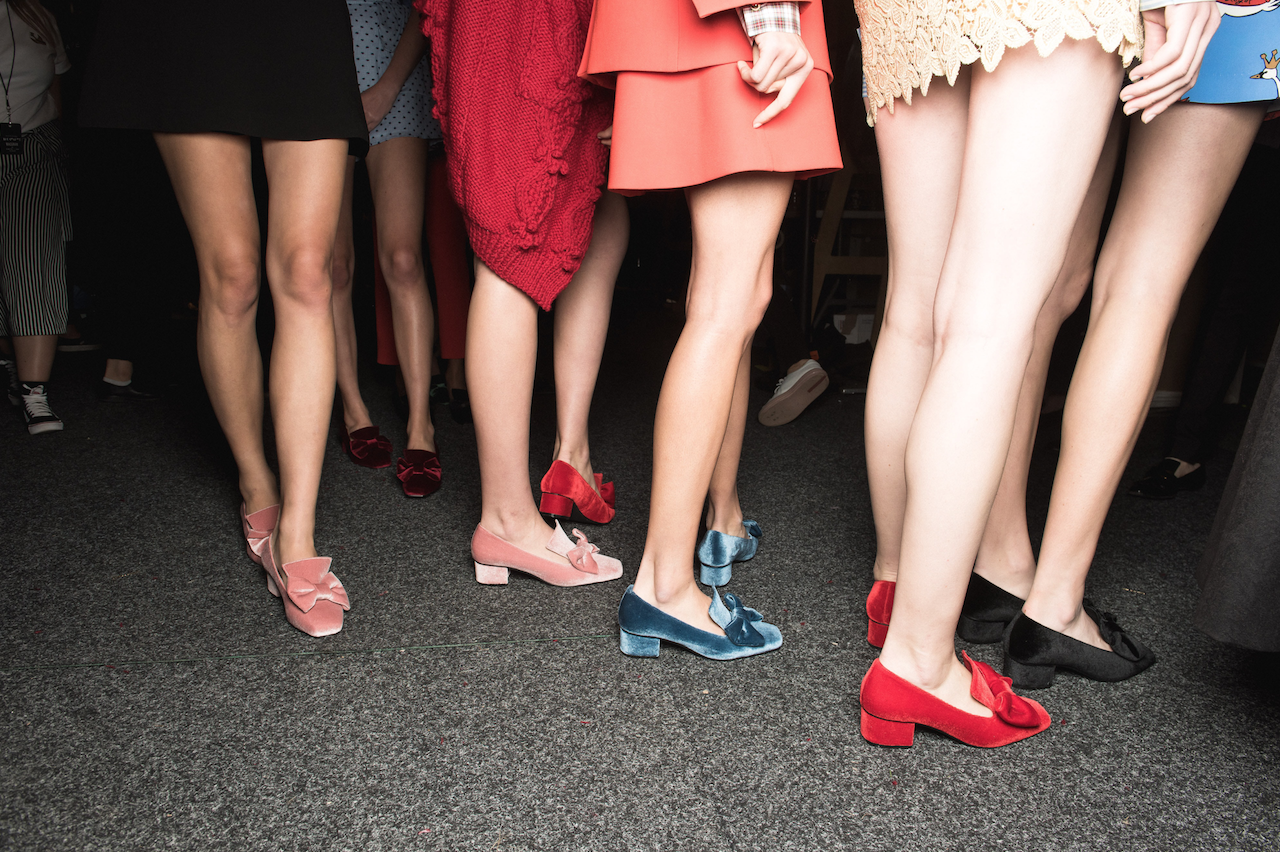 Understanding all decision dynamics will be tremendously helpful in setting you up for a collection that all can approve of. Depending on the project, it is helpful to focus efforts and create an assortment plan outlining each overall style and the number of renditions needed. Communicating with the client on their expectations for the final product will help you understand the actual task you have to accomplish.
Understanding all decision dynamics will be tremendously helpful in setting you up for a collection that all can approve of. Depending on the project, it is helpful to focus efforts and create an assortment plan outlining each overall style and the number of renditions needed. Communicating with the client on their expectations for the final product will help you understand the actual task you have to accomplish.
5) Sharing is Caring:
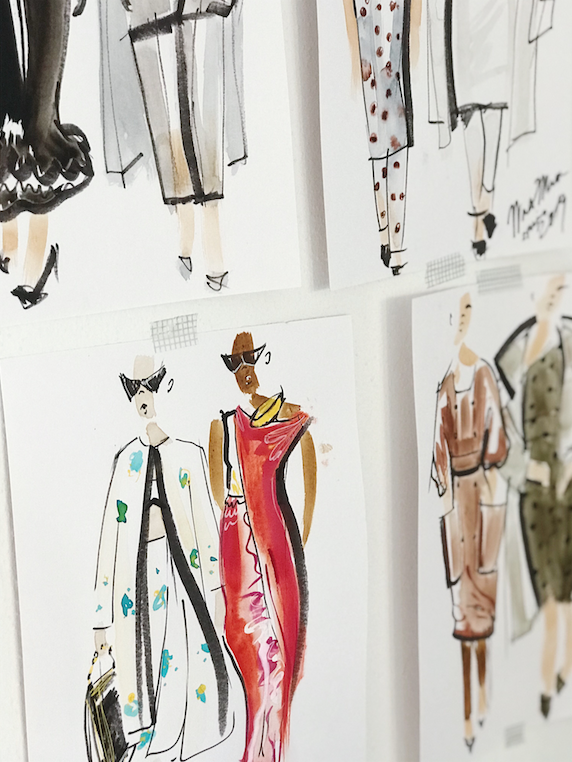 If you are working on a project for a new client and you have followed the steps above, to solidify success vet the direction at the beginning of the process and along the way. There is a built-in desire in all designers to showcase the work in a final presentation in a “perfected” state, however, from experience, it can be frustrating if ideas are not aligned and only you are excited about the results. Most clients are busy with too much to do and not enough time to do it in, so constant pictures and messages can be overwhelming and display a lack of confidence in ability. During the engagement, put in place pre-determined times to coordinate design direction.
If you are working on a project for a new client and you have followed the steps above, to solidify success vet the direction at the beginning of the process and along the way. There is a built-in desire in all designers to showcase the work in a final presentation in a “perfected” state, however, from experience, it can be frustrating if ideas are not aligned and only you are excited about the results. Most clients are busy with too much to do and not enough time to do it in, so constant pictures and messages can be overwhelming and display a lack of confidence in ability. During the engagement, put in place pre-determined times to coordinate design direction.
You May Be the Next Michelangelo
 All garment designers are artists, creating in fabric, color, and trims instead of with paint in most cases. Aesthetic, balance, style, and mirroring societal directions are the key strengths of the most successful designers. Today, the viewpoints, brand DNA, product niches are almost endless, adapting your talent and skills to achieve your client’s vision for a particular project doesn’t mean you don’t impart your own dynamic essence as a creator, as it is highly unlikely that two different artists given the same project would create exactly the same result. Ideally, through successfully and consistently completing projects for others, you will be provided quality time to build and develop your own inspired product. Just remember, Michelangelo did not paint the Sistine Chapel for purely personal expression, it was a paid gig.
All garment designers are artists, creating in fabric, color, and trims instead of with paint in most cases. Aesthetic, balance, style, and mirroring societal directions are the key strengths of the most successful designers. Today, the viewpoints, brand DNA, product niches are almost endless, adapting your talent and skills to achieve your client’s vision for a particular project doesn’t mean you don’t impart your own dynamic essence as a creator, as it is highly unlikely that two different artists given the same project would create exactly the same result. Ideally, through successfully and consistently completing projects for others, you will be provided quality time to build and develop your own inspired product. Just remember, Michelangelo did not paint the Sistine Chapel for purely personal expression, it was a paid gig.
Bret Schnitker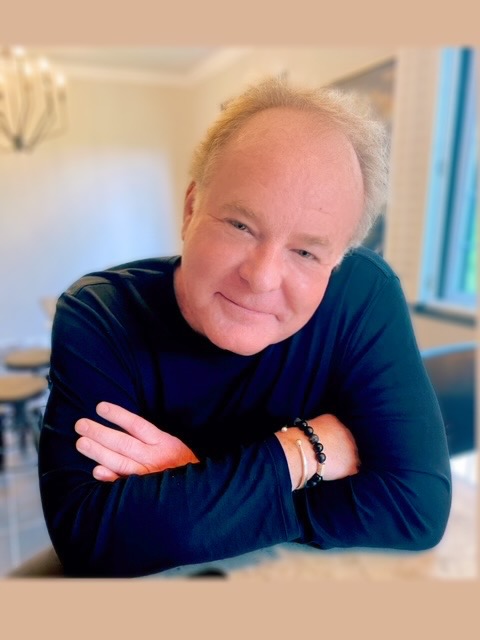 . As an industry apparel executive for more than 30 years, working in all facets of the sector, Bret has had the unique experience to do business in 70 countries, working with artisans and experts worldwide. Having been in over 1000 factories that employ 200,000 people, he cares deeply about the value of the opportunity this industry brings to developing countries and their people.
. As an industry apparel executive for more than 30 years, working in all facets of the sector, Bret has had the unique experience to do business in 70 countries, working with artisans and experts worldwide. Having been in over 1000 factories that employ 200,000 people, he cares deeply about the value of the opportunity this industry brings to developing countries and their people.
Founder and CEO of Stars Design Group, a fashion design and production house, he believes in fostering an environment of innovation and evolution to stay ahead of the rapidly changing business climate. With offices worldwide and a network of 67 factories globally, Bret helps clients (brands and retailers) solve garment initiatives and production goals, regardless of category or country.
Uniquely Saint Louis based, with its historical legacy in apparel and new focus of innovation, Bret is invested in the blend of talent and technology to develop solutions that serve the demands of the consumer base while supporting social and environmental goals.

